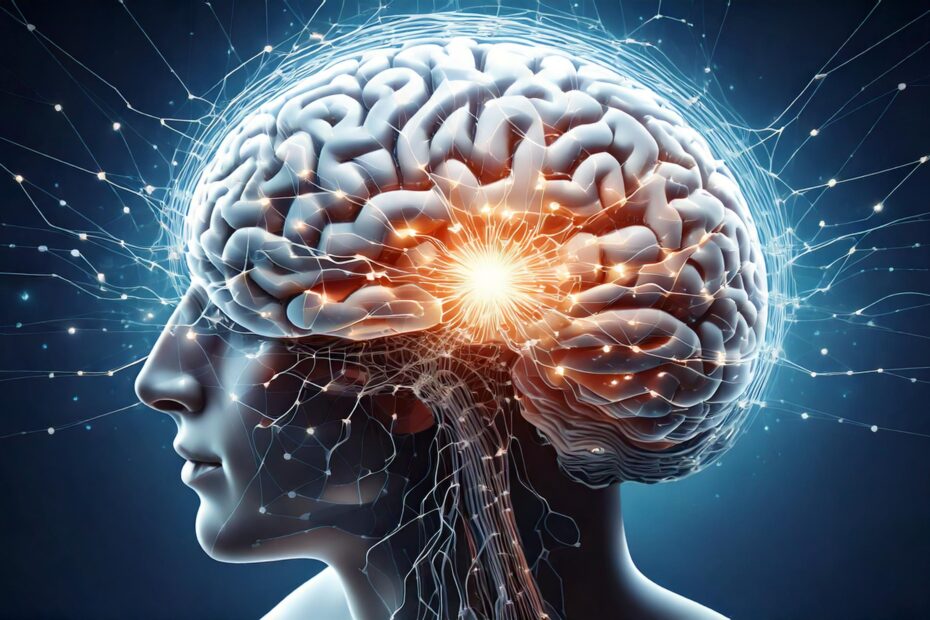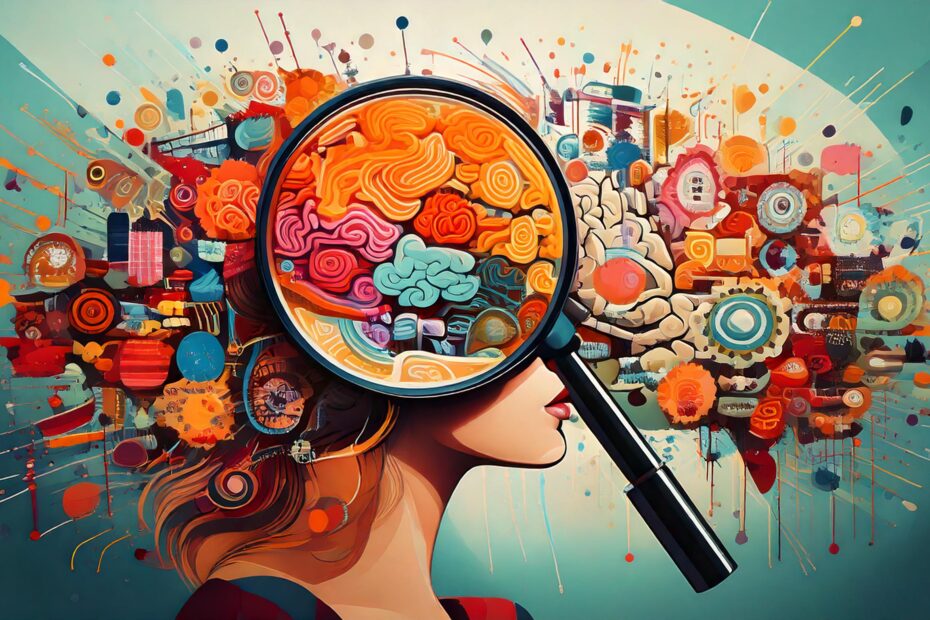Is There a Buy Button in the Brain? Understanding the Neurological Drivers of Consumer Decision-Making
Is there really a “buy button” in the brain that marketers can activate to influence purchasing decisions? This question often arises during sales training seminars, and it’s easy to see why. Imagine pushing a button in a consumer’s brain and triggering an immediate purchase. While this may sound like science fiction, neuromarketing research shows that specific brain regions—particularly the nucleus accumbens and the anterior cingulate cortex—play critical roles in buying behavior.
This article explores whether a “buy button” truly exists, how the brain’s pleasure and pain centers shape decisions, and how marketers can trigger these responses effectively.



